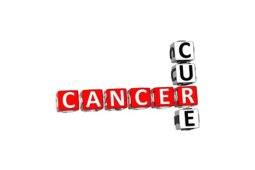Signs and Symptoms of Head Neck Cancers
Apr 19, 2022
Cancers of the Head Neck are a heterogenous group with varying manifestations. They can be broadly categorized into:
- Oral cavity.
- Laryngopharynx
- Paranasal sinus.
- Thyroid and parathyroid.
- Rare tumours like cancers of the temporal bone and salivary gland.
Oral cavity and laryngopharyngeal cancers are predominantly associated with exposure to tobacco and alcohol. While cancers in the cheek and jaw are usually associated with chewing tobacco or arecanut ( supari), those in the throat, voice box, tongue and its floor are associated with smoking. Pharyngeal cancers are typically associated with exposure to both tobacco and alcohol. Any person affected by oral cancer classically experiences a non healing, progressive ulcer in the mouth, spontaneous loosening of teeth, growth with bleeding on and off or progressive trismus ( difficulty in opening mouth). Patients affected by laryngopharyngeal cancers manifest with persistent change in voice, difficulty in swallowing which may progress to difficult/ noisy breathing.

A patient of paranasal sinus tumour shows evidence of bleeding from nose, nasal blockage, facial swelling, growth over the palate, swollen eyes or watering from eyes. Rare cancers in the ear can demonstrate bleeding from the ear, swelling in front of the ear or facial palsy ( inability to close eye, whistle, blow, drooling of saliva). Patients with parathyroid tumours have no symptoms in the neck but have weak bones with fractures and/or swelling called as Brown’s tumour.
Thyroid cancers are generally indolent, majority affecting women but also seen in men and pediatric age group. Patients typically present with a mass in the neck slowly growing in size. There are a small group of aggressive thyroid cancers which show rapid growth within a span of a few days further resulting in difficulty in swallowing, change in voice and /or breathing difficulty.
Head neck cancers show a pattern of spread to lymph nodes in the neck which may occasionally be the only presenting symptom.
BEWARE: Pain is one the late symptoms of head neck cancers and an indirect sign of advanced disease.
Thus one must not wait for the lesion to become painful before seeking medical advice.








